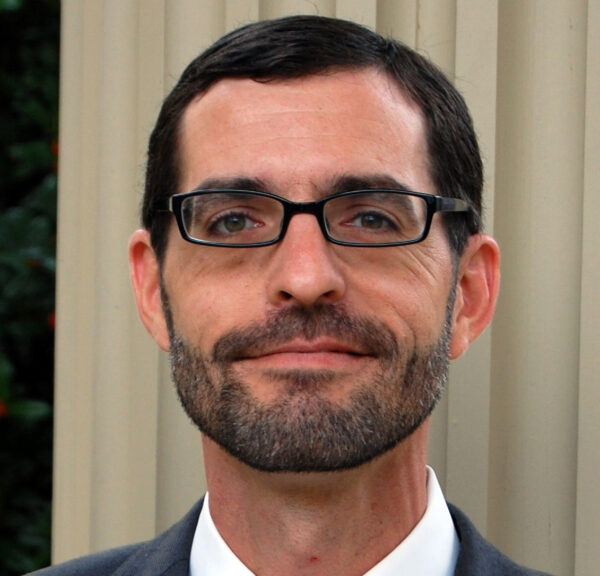A new book by Brandon Garrett is a deep dive into the misuse of forensic evidence in criminal courtrooms. To borrow from its description, Autopsy of a Crime Lab: Exposing the Flaws of Forensics “is the first book to catalog the sources of error and the faulty science behind a range of well-known forensic evidence, from fingerprints and firearms to forensic algorithms.” Professor Garrett has also recorded video lectures to accompany the information in the book. Together with Indigent Defense Services and the SOG, we are pleased to announce a new online CLE course based on the book and video series. Read on for more details.
The Author. Prof. Garrett is a professor at Duke University School of Law and the director of the law school’s Center for Science and Justice. His current work focuses on empirical analysis of the criminal justice system. This latest work is one in a series of books and other publications on criminal justice (check out his website for his other publications). Prof. Garrett is also a compelling teacher who regularly presents at legal education seminars around the state and country.
Free Books for PDs! Prof. Garrett has generously offered to provide copies of his new book to North Carolina public defender offices at no charge. Contact Marlyn Dail at marlyn.dail@law.duke.edu if you are a public defender interested in having a copy for your office. The book is otherwise available for sale at Amazon and other retailers. It’s a compelling read and I encourage anyone working with or interested in forensics to check it out.
The Video Series. The videos are broken into eight parts. They are easy to follow and are designed for those of us without a scientific background. An optional syllabus is included so viewers can read on their own and supplement the video lectures. The optional reading includes chapters from Autopsy of a Crime Lab as well as links to other resources about common errors in forensics. Note, a few of the links on the syllabus are to journal articles which require purchase to view online, but the majority are publicly accessible. The videos are all relatively short, with most being around 15 minutes. They are all available on YouTube where anyone can watch them. If you want CLE credit though . . .
The Webinar Details and Logistics. The videos and optional readings have been grouped together on an SOG webpage where you can register to watch them for CLE credit. The videos run 144 minutes, translating to a total of 2.25 CLE hours. They are in on-demand format, meaning you can watch them whenever is convenient after registering. One minor caveat there: We report CLE hours from our virtual programs the first day of each month. Viewers should therefore either complete the series within the same month of registration or obtain an extension of time from the SOG to complete them (see the course page for how to obtain an extension).
The Topics. The content begins by examining the methods used in latent fingerprint comparisons and explains how errors in the field can occur. Next up is a summary of the 2009 National Academy of Sciences report and the 2016 PCAST report on shortcomings of forensic science. Part three discusses different types of error rates, including false positive, negative, and inconclusive errors. Part four addresses courtroom testimony, focusing on the problem of scientific overstatement and offering ideas on how to counter it in court. Viewers learn about problems with expert qualification and proficiency in part five of the series. Part six discusses the problem of cognitive bias and its role in forensic errors. A discussion of quality control at labs and crime scenes follows in part seven. The final video focuses on the role of judges as evidentiary gatekeepers and offers concluding thoughts for the series. Whatever your role or interest in the criminal justice system, you are certain to come away with a greater understanding of the limits of common forensic techniques.
Shout-Outs. Special thanks goes out to Monica Yelverton for her help crafting the online CLE page for this course. If you don’t know her, Monica is the Associate Director of the Public Defense Education team here at the SOG and our resident online CLE guru, among the many, many other hats she wears. Thanks too to Sarah Olson, IDS Forensic Resource Counsel, for her help in getting this collaboration started. Finally, thanks to Prof. Garrett for both his work here and for letting us host it.

